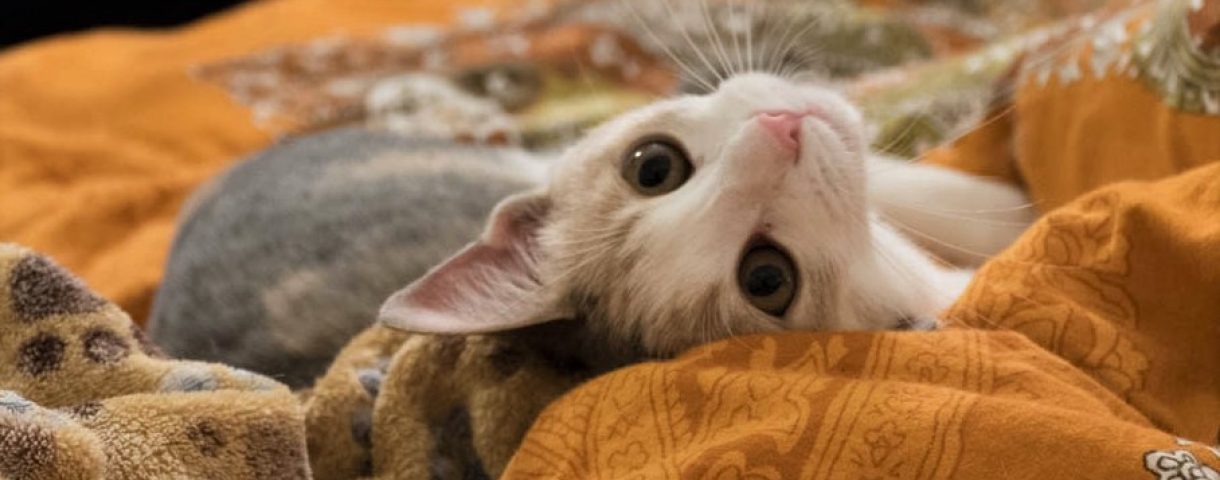I have debated whether or not to write a post on this topic. Well, in the end, I decided to give it a go, even though this may turn out to be one of my more controversial posts. I will proceed by degrees. First of all, what is Helicobacter pylori? Medicinenet (http://tinyurl.com/2pfag6) defines it as follows: Helicobacter pylori (H. pylori) is a bacterium that causes chronic inflammation of the inner lining of the stomach (gastritis) in humans. This bacterium also is the most common cause of ulcers worldwide. H. pylori infection is most likely acquired by ingesting contaminated food and water and through person to person contact. I happened to glance at some photos of this bacterium. Nothing cuddly about it, that’s for sure! Yuck.
At any rate, some time ago I came across a study on H. pylori and MGUS conducted at the University of North Dakota School of Medicine and published in The American Journal of Gastroenterology in June of 2002 (http://tinyurl.com/2whd55). The abstract concludes the following (talk about a shocker!): RESULTS: Sixty-nine patients with MGUS were included in the study. Of these, 57 had undergone evaluation for H. pylori infection for various GI symptoms. Thirty-nine of 57 patients (68.42%) with MGUS also had evidence of H. pylori infection. In 11 of these 39 patients (28.21%), eradication of H. pylori infection with an appropriate regimen led to normalization of the serum protein electrophoresis and resolution of the gammopathy. CONCLUSION: The results of our study give increased credibility to the theory that in a proportion of patients the pathogenesis of MGUS involves chronic antigenic stimulation and H. pylori is implicated. The search for H. pylori infection and an attempt to eradicate the bacterium in positive cases seem to be appropriate in patients diagnosed with MGUS.
Now, before those with MGUS get all excited and start running to the lab to be tested for H. pylori, let me say that a subsequent report by a Mayo Clinic research team, published in the December 2002 issue of the British Journal of Haematology (http://tinyurl.com/29gv3f), contradicts those findings. The Mayo researchers found that there was not a significant difference between a group of MGUS patients (93 people) and a control group (98 people) who tested positive for H. pylori. And, after being treated for the H. pylori infection, those with MGUS still had MGUS.
I read a couple of abstracts about individual patients with H. pylori. A German study (http://tinyurl.com/392t9m) published in 2006 examined the case of a patient with dyspepsia associated with H. pylori-related erosive gastritis, in addition to Russell Body formation (an inclusion body found in plasma cells) and MGUS: Following H. pylori eradication, gastritis and dyspepsia gradually resolved but MGUS persisted for at least 22 months. Does that mean that the patient’s MGUS disappeared after 22 months? Since I didn’t and don’t have access to the full study, I have no idea. And a 2003 Greek study (http://tinyurl.com/2noehq) looks at the case of a patient with a long history of chronic gastritis and gastric ulcers with recurrent gastrointestinal hemorrhage who developed a gastric plasmacytoma. The patient took antibiotics to get rid of the H. pylori, and within three months the plasmacytoma had disappeared. The study, which (again) I was unable to access, looks at a possible causal link between the patient’s infection and plasmacytoma.
Okay, so what happens even if you test positive for this nasty bacterium? If you are a curcumin-taker, apparently you don’t have to worry about it too much. Consider the following: a 2002 study shows that curcumin inhibits the growth of H. pylori: http://tinyurl.com/29fc9r; a 2003 German study (http://tinyurl.com/25scz9) concludes that curcumin, due to inhibition of NF-kappaB activation and cell scattering, should be considered as a potential therapeutic agent effective against pathogenic processes initiated by H. pylori infection.” A more recent Italian study, published in Helicobacter in 2007 (http://tinyurl.com/2hw7xg), examined 25 H. pylori-positive patients (twelve men ranging in age from 31 to 76) with functional dyspepsia. The Italian patients were given a dose of curcumin and a few other substances for one week, as follows: curcumin 30 mg b.i.d., bovine lactoferrin 100 mg b.i.d., N-acetylcysteine 600 mg b.i.d., and pantoprazole 20 mg b.i.d. (B.i.d. means twice daily, by the way, from the Latin bis in die). The study concludes: This novel therapy was not effective for H. pylori eradication. However, despite the bacterium persistence, significant improvement of dyspeptic symptoms and reduction of serologic signs of gastric inflammation were observed after 2 months at the end of the 7-day treatment schedule. In my opinion, there are a few weaknesses in this study. The length of treatment–seven days–was too short. From the abstract, in fact, it is not clear (at least to me) if the patients continued with the treatment for two months or if they stopped after the first week. Even if the former were the case, though, 60 mg of curcumin a day is such a small quantity that I am not surprised that the novel therapy didn’t work. For the sake of comparison, I am taking 8,000 mg a day! However, what is rather significant is the fact that even after being treated with such a tiny amount of curcumin (plus the few other substances) these infected patients showed significant improvement in a two-month period. There are other curcumin and H. pylori studies, but these should suffice.
I am not taking sides on this issue. I have read only the abstracts of all these studies, plus I am not a scientist, just a researcher (with a Ph.D. in a non-scientific subject) who happens to have SMM. However, I admit that this Helicobacter business intrigued me enough to bring it up in April with my haematologist. And, in order to leave no stone unturned, I requested to be tested for Helicobacter pylori. At least, I will know if I have it or not. I am beyond MGUS by now, but you never know
